Home>Gardening & Outdoor>Pool & Spa Care>How Far Does A Disconnect Have To Be From A Hot Tub
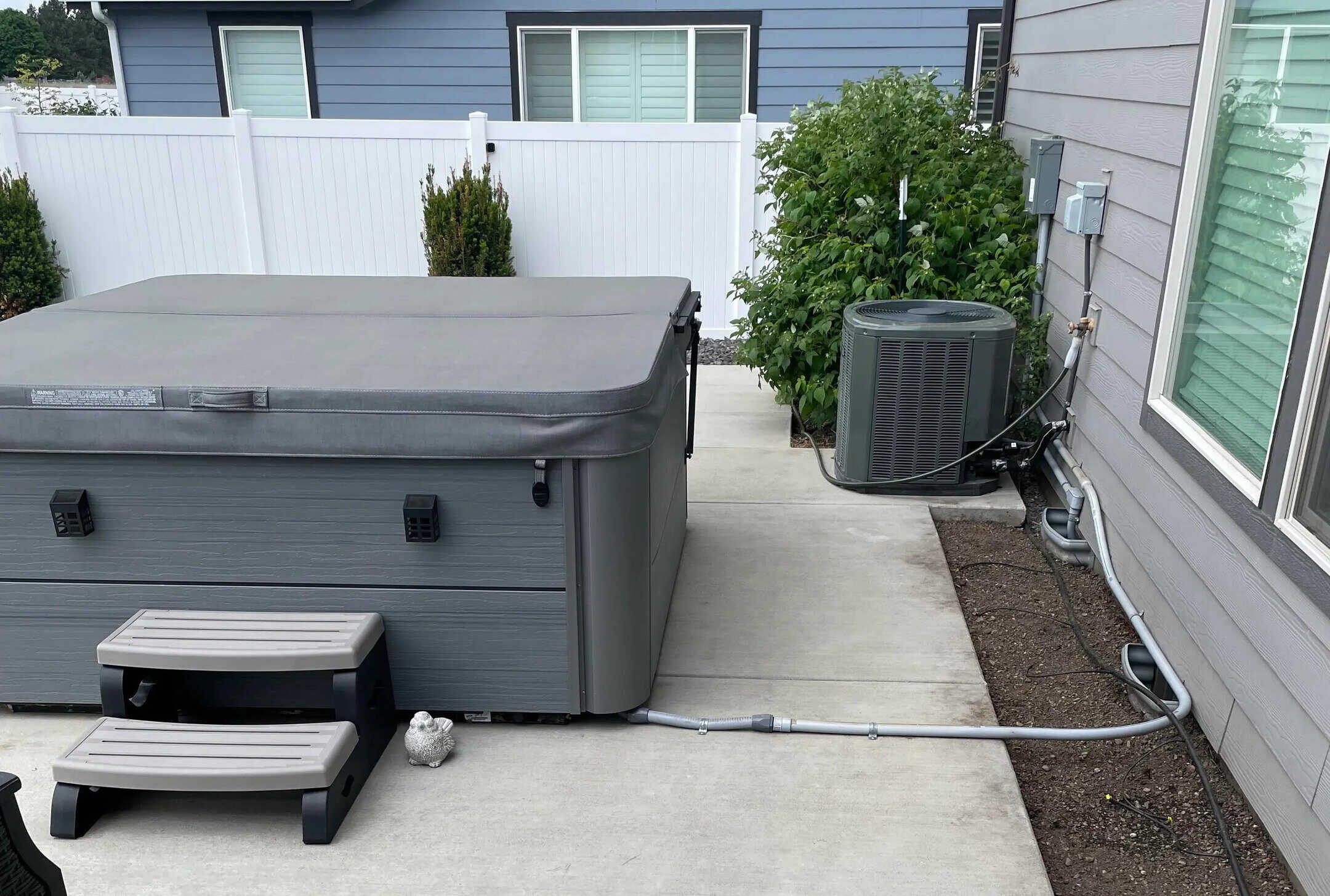

Pool & Spa Care
How Far Does A Disconnect Have To Be From A Hot Tub
Modified: January 9, 2024
Learn the ideal distance for a disconnect from a hot tub and ensure compliance with pool and spa care guidelines. Get expert tips for a safe and efficient setup.
(Many of the links in this article redirect to a specific reviewed product. Your purchase of these products through affiliate links helps to generate commission for Storables.com, at no extra cost. Learn more)
**
Introduction
**
So, you've decided to add a hot tub to your backyard oasis. You've picked the perfect spot, and you're ready to start planning the installation. But before you dive in, it's essential to understand the safety regulations and requirements for electrical disconnects when setting up a hot tub.
In this comprehensive guide, we'll explore the critical considerations for ensuring the safe and compliant installation of a hot tub, focusing specifically on the distance requirements for the electrical disconnect. By the end of this article, you'll have a clear understanding of how far a disconnect must be from a hot tub, empowering you to make informed decisions and enjoy your hot tub with peace of mind. Let's dive in!
**
Key Takeaways:
- Ensure your hot tub’s electrical disconnect is at least 5 feet away horizontally and vertically from the water to prevent electrical hazards and allow for convenient access during maintenance and emergencies.
- Prioritize safety and compliance with distance regulations to create a secure and functional environment for enjoying the therapeutic benefits of your hot tub.
Safety Considerations
**
Before delving into the specifics of electrical disconnect requirements, it’s crucial to underscore the paramount importance of safety when installing a hot tub. The combination of water and electricity necessitates meticulous attention to detail and adherence to safety protocols to mitigate potential hazards.
First and foremost, it’s imperative to enlist the expertise of a licensed electrician with experience in hot tub installations. A professional electrician will ensure that the electrical components are installed in compliance with local building codes and safety standards, minimizing the risk of electrical malfunctions and shocks.
Furthermore, the hot tub should be positioned on a stable and level surface, capable of supporting its weight when filled with water and occupants. Adequate ventilation around the hot tub is also essential to prevent the accumulation of moisture and ensure proper air circulation, which is particularly crucial in the vicinity of electrical components.
Additionally, the hot tub should be equipped with ground fault circuit interrupters (GFCIs) to swiftly cut off power in the event of an electrical fault, thereby averting potential electrocution. Regular maintenance and inspections of the hot tub’s electrical system, including the wiring, circuit breakers, and GFCIs, are indispensable to uphold safety standards and preemptively address any issues.
By prioritizing safety considerations and engaging qualified professionals, hot tub owners can cultivate a secure and tranquil environment for indulging in the restorative pleasures of their hot tub.
Electrical Disconnect Requirements
When it comes to the electrical setup for a hot tub, the presence of an electrical disconnect is a pivotal component. An electrical disconnect serves as a crucial safety measure, allowing for the swift isolation of power to the hot tub for maintenance, repairs, or emergency situations.
The electrical disconnect for a hot tub typically comprises a disconnect panel or box, which houses the disconnect switch or circuit breaker. This component provides a means of cutting off the electrical supply to the hot tub, ensuring that all power sources are effectively deactivated during servicing or unforeseen circumstances.
It is imperative to emphasize that the installation of the electrical disconnect must be executed in accordance with the National Electrical Code (NEC) and any pertinent local regulations. Engaging a qualified electrician is indispensable to guarantee compliance with these standards and to uphold the integrity of the electrical system.
Moreover, the electrical disconnect should be readily accessible and positioned in close proximity to the hot tub, facilitating convenient and expedient access when needed. This accessibility is integral to enabling prompt action in the event of an emergency or when conducting maintenance tasks, thereby bolstering the safety and efficiency of the hot tub’s electrical infrastructure.
By adhering to the prescribed electrical disconnect requirements and entrusting the installation to proficient professionals, hot tub owners can fortify the safety and functionality of their hot tub’s electrical system, fostering a secure and enjoyable environment for relaxation and rejuvenation.
A disconnect for a hot tub must be located at least 5 feet away from the water’s edge to ensure safety and meet electrical code requirements.
Distance Regulations
One of the fundamental considerations pertaining to the installation of a hot tub and its associated electrical disconnect is the stipulated distance regulations. These regulations delineate the permissible proximity between the hot tub and the electrical disconnect, encompassing both horizontal and vertical parameters to ensure safety and accessibility.
According to the National Electrical Code (NEC), the electrical disconnect for a hot tub must be located at a specified distance from the water’s edge and the hot tub itself. The primary objective is to establish a safe distance that mitigates the risk of electrical hazards while enabling convenient access to the disconnect for maintenance and emergency scenarios.
For outdoor hot tub installations, the NEC mandates that the electrical disconnect must be positioned at least 5 feet away horizontally from the hot tub’s water line. This requirement aims to minimize the likelihood of electrical contact with water, thereby reducing the potential for electric shocks and enhancing the overall safety of the hot tub environment.
Furthermore, the NEC stipulates that the electrical disconnect should be located at a height of at least 5 feet above the hot tub’s water level. This vertical placement serves to prevent water from infiltrating the disconnect in the event of splashing or submersion, safeguarding against electrical malfunctions and enhancing the longevity of the electrical components.
Compliance with these distance regulations is indispensable for upholding the safety and integrity of the hot tub’s electrical infrastructure. By meticulously observing the prescribed distances and engaging qualified professionals for the installation, hot tub owners can instill confidence in the reliability and safety of their hot tub setup, fostering a serene and secure environment for leisure and relaxation.
Conclusion
As you embark on the journey of installing a hot tub, prioritizing safety and compliance with electrical disconnect requirements is paramount. By enlisting the expertise of licensed professionals and adhering to the stipulated distance regulations, you can establish a secure and functional environment for enjoying the therapeutic benefits of your hot tub.
From the meticulous positioning of the electrical disconnect to the diligent observance of distance regulations, every facet of the installation process plays a pivotal role in ensuring the safety and efficacy of your hot tub’s electrical infrastructure. Embracing these considerations not only fosters peace of mind but also cultivates an environment where relaxation and rejuvenation can be savored without compromise.
By familiarizing yourself with the essential safety considerations, electrical disconnect requirements, and distance regulations, you empower yourself to make informed decisions and facilitate a seamless and secure hot tub installation. The fusion of expertise, diligence, and compliance culminates in the creation of a tranquil oasis where the restorative allure of your hot tub can be relished to the fullest.
As you embark on this endeavor, remember that safety is not a singular act but a continuous commitment. Regular inspections, maintenance, and vigilance are indispensable for preserving the safety and functionality of your hot tub’s electrical system, ensuring that it remains a source of relaxation and rejuvenation for years to come.
With a steadfast dedication to safety and a thorough understanding of electrical disconnect requirements, you are poised to embark on a journey of indulgence and serenity in the comforting embrace of your hot tub.
Frequently Asked Questions about How Far Does A Disconnect Have To Be From A Hot Tub
Was this page helpful?
At Storables.com, we guarantee accurate and reliable information. Our content, validated by Expert Board Contributors, is crafted following stringent Editorial Policies. We're committed to providing you with well-researched, expert-backed insights for all your informational needs.
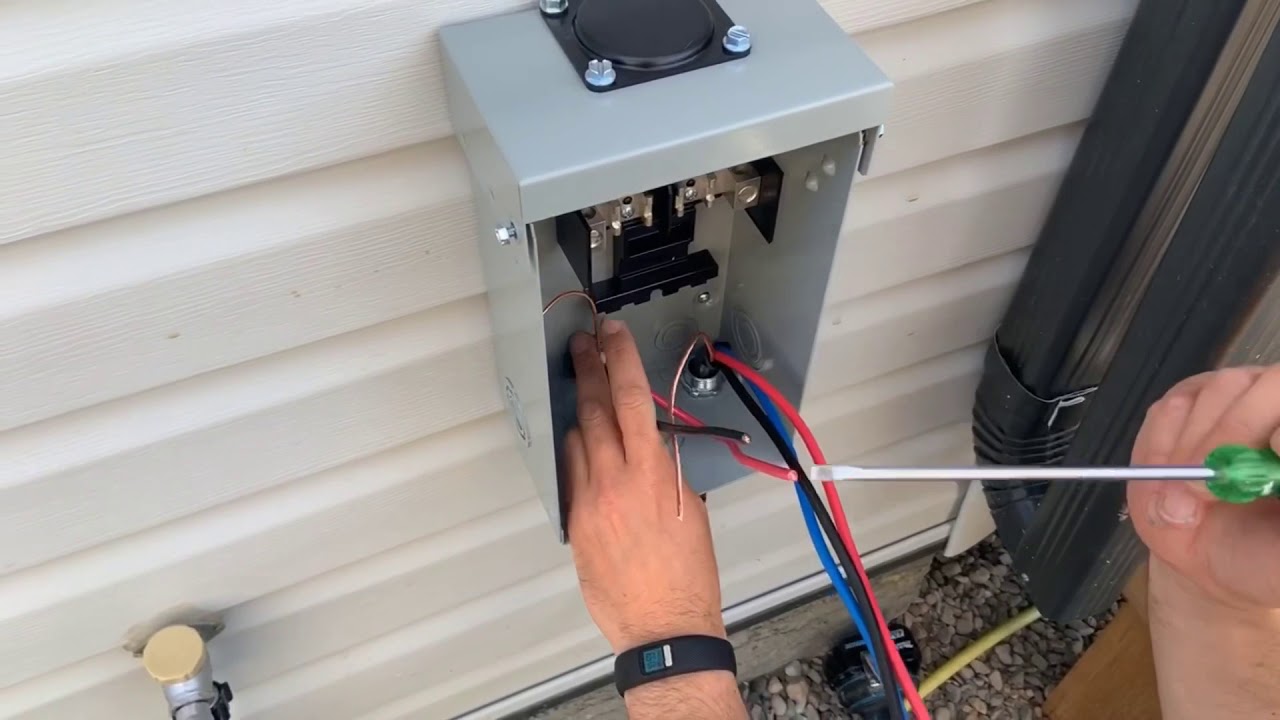
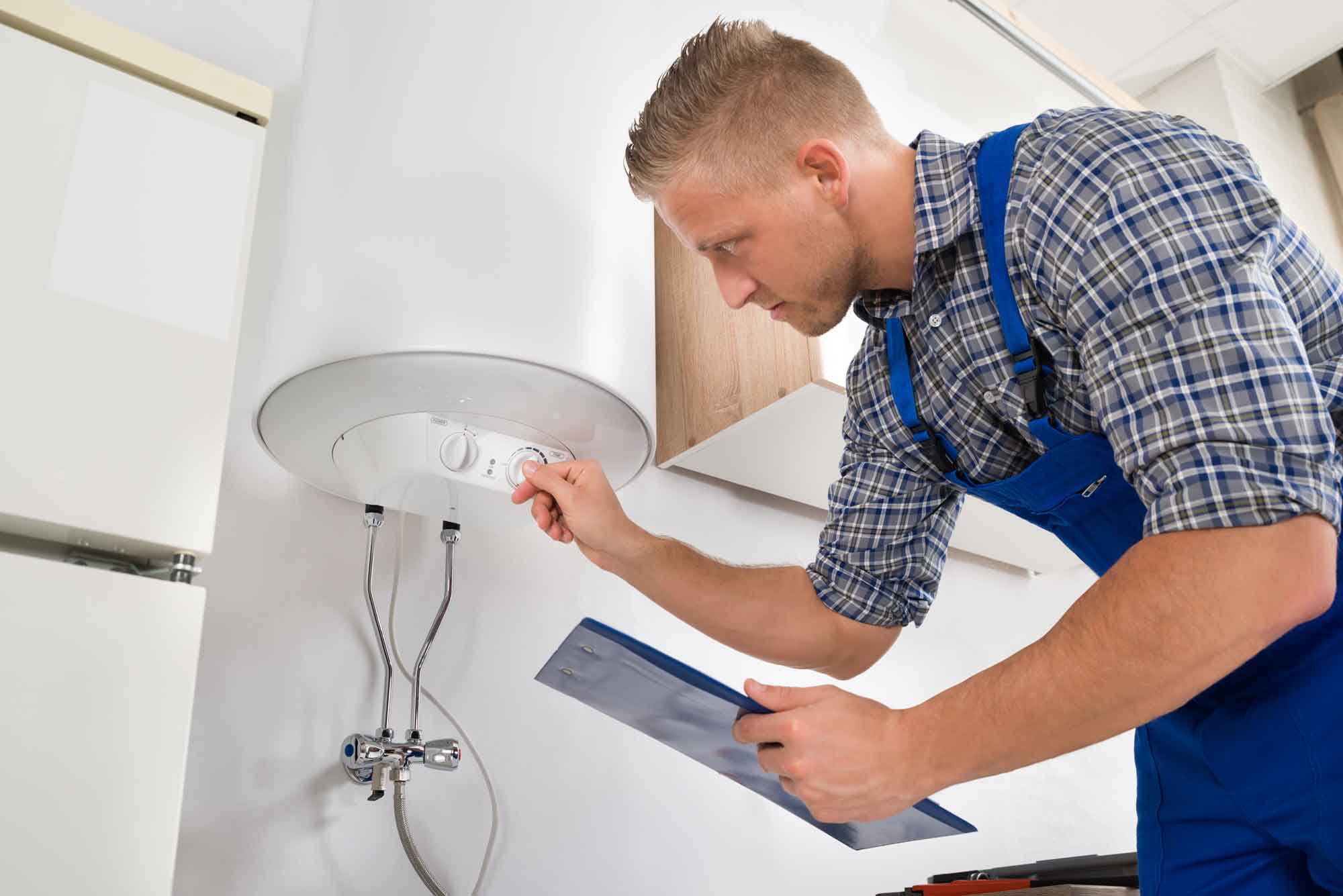
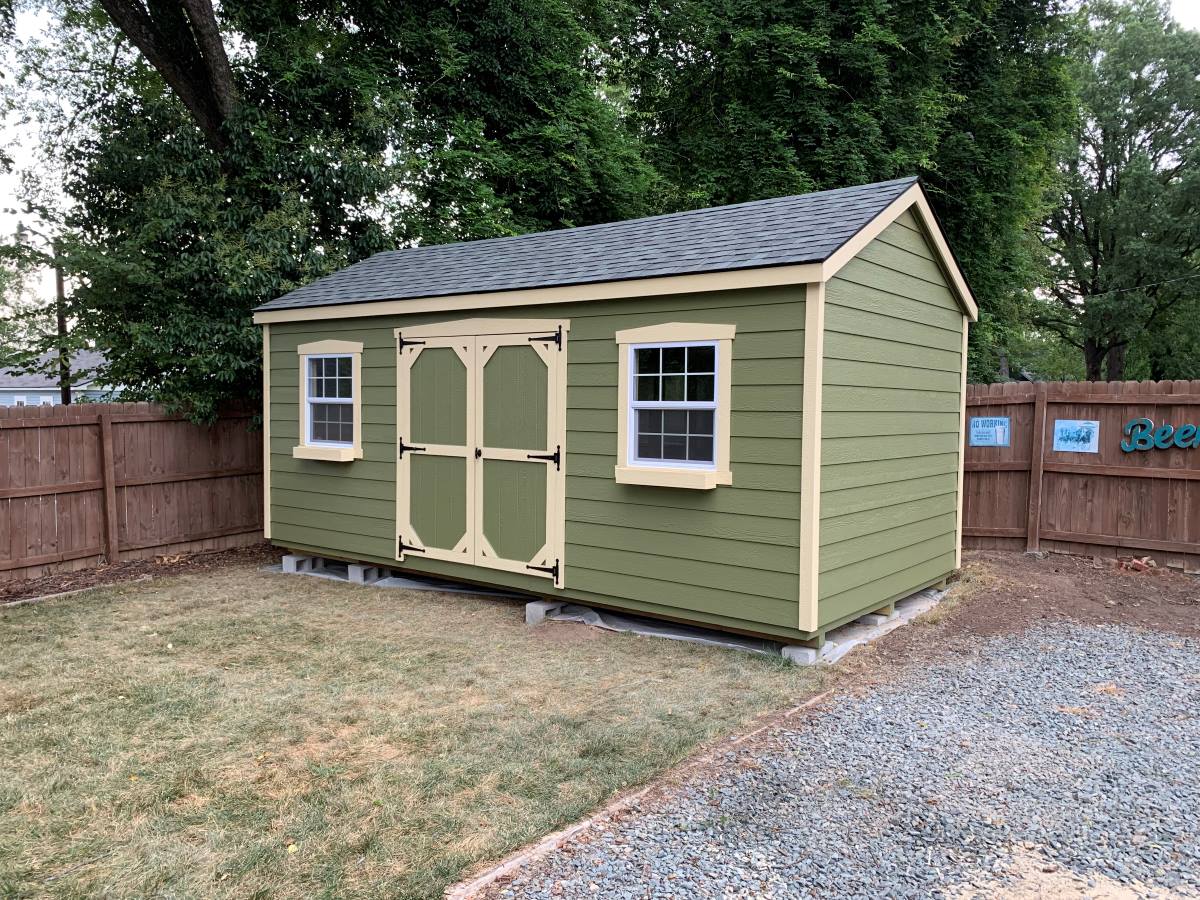

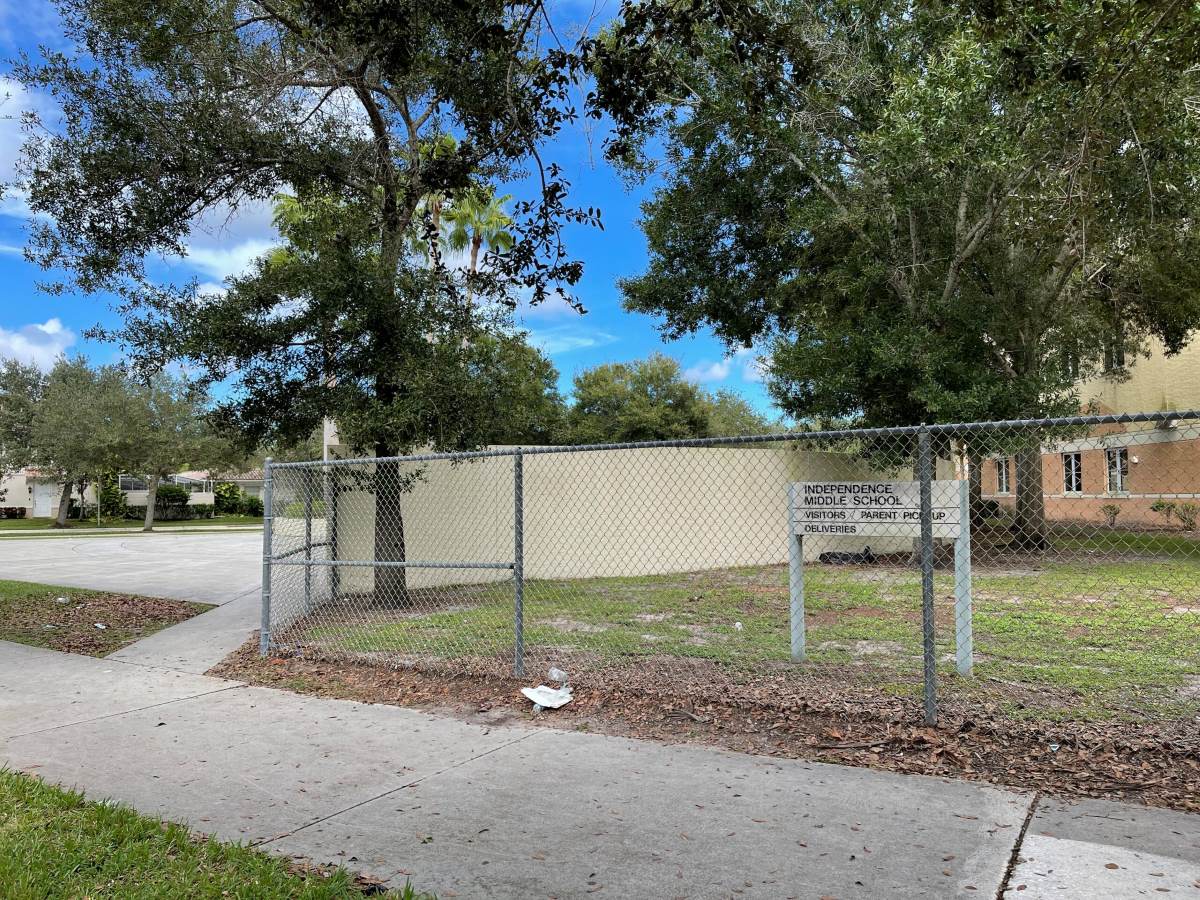
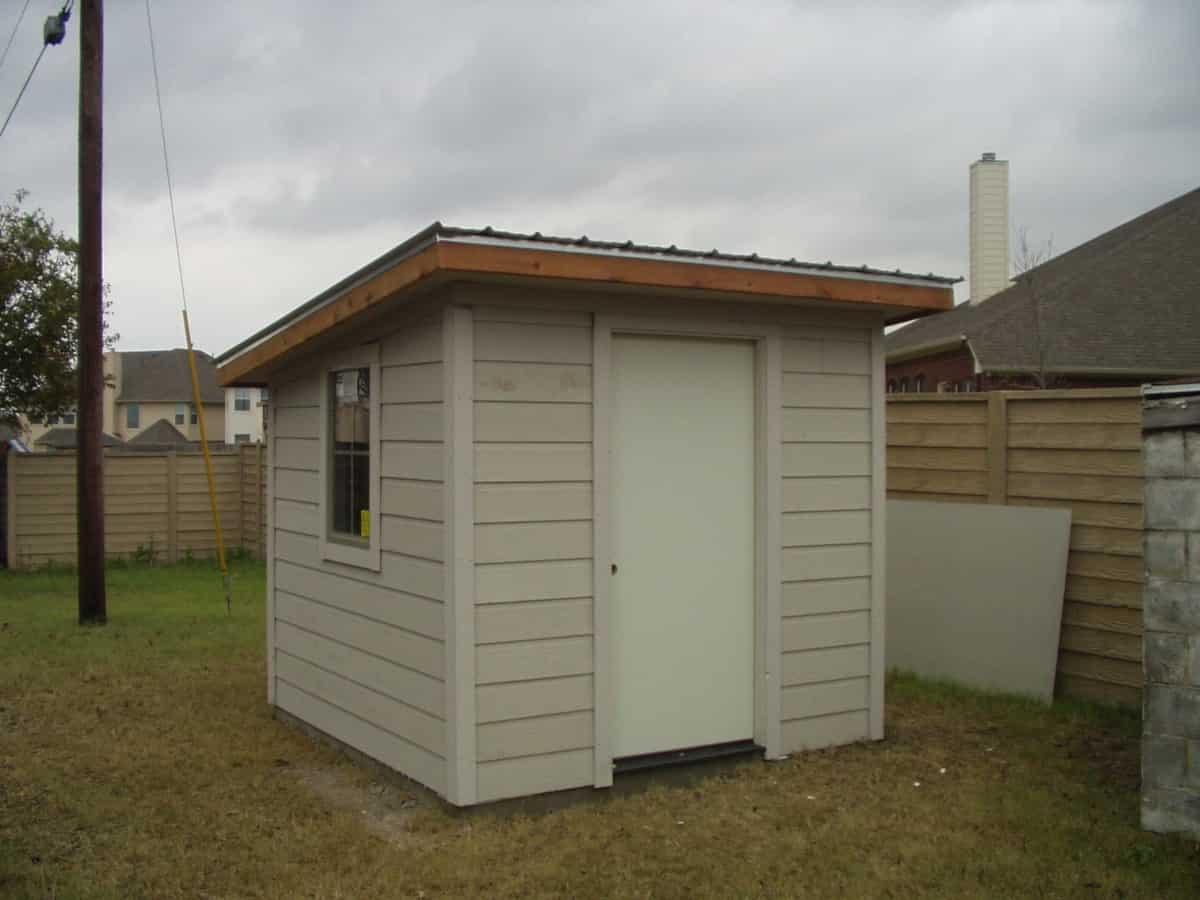
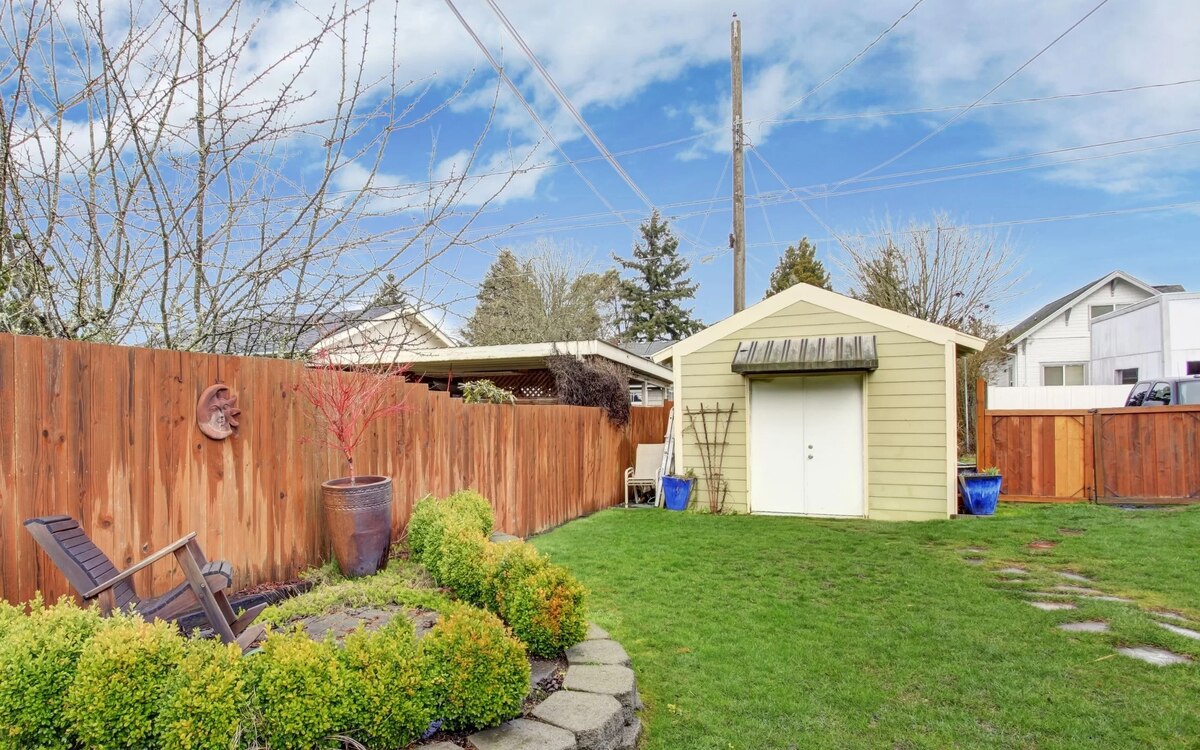
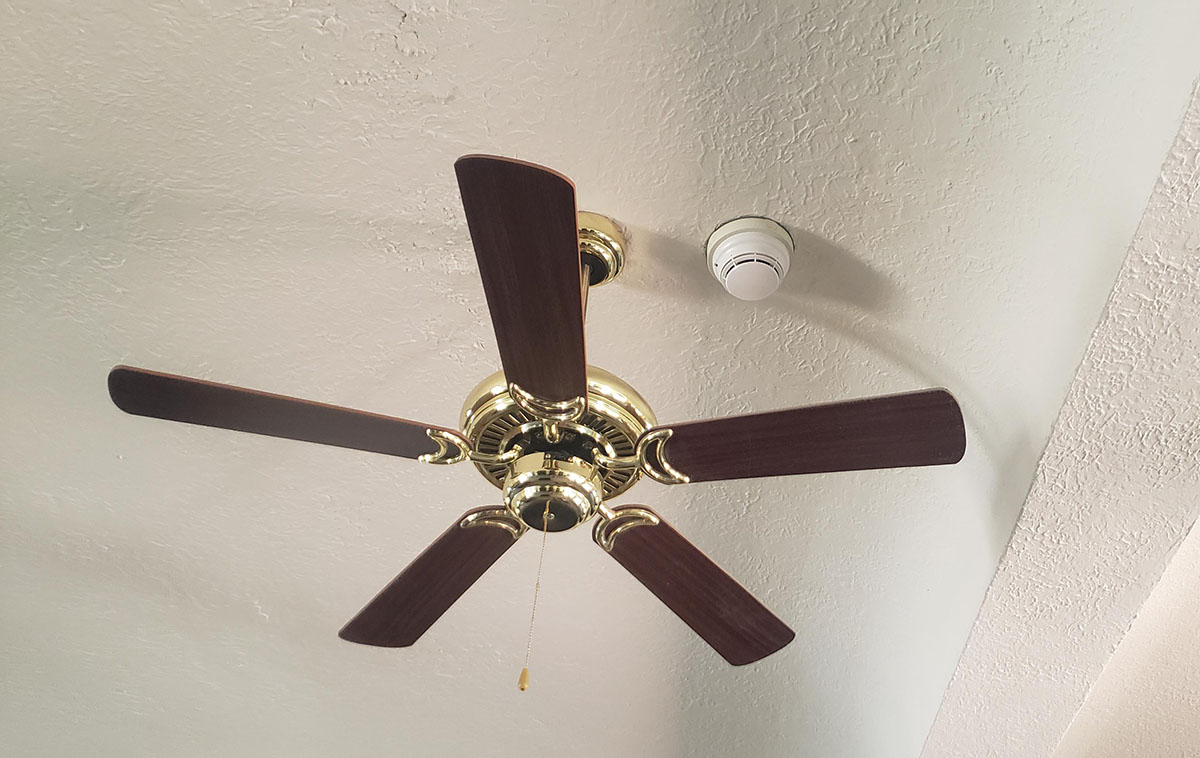

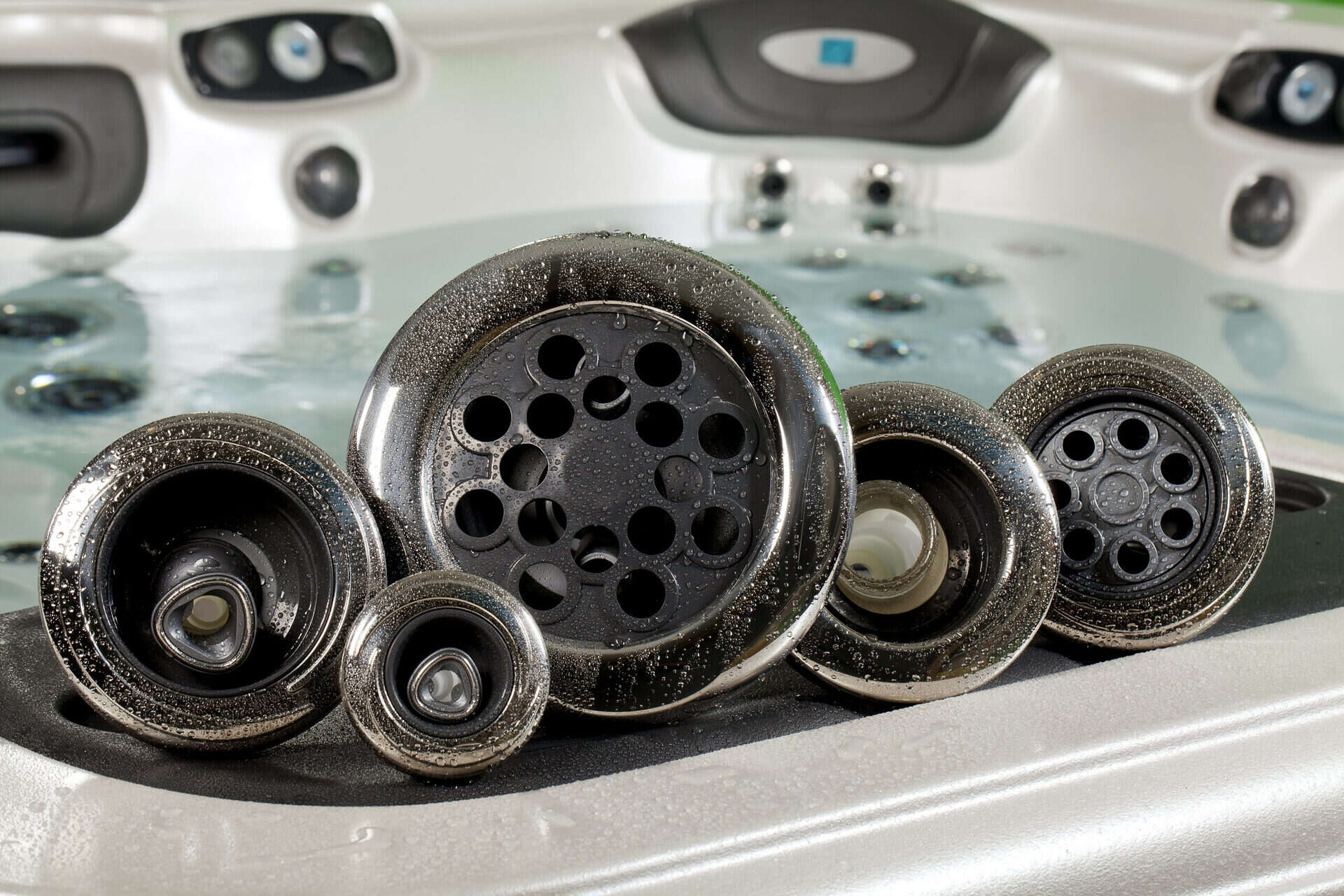
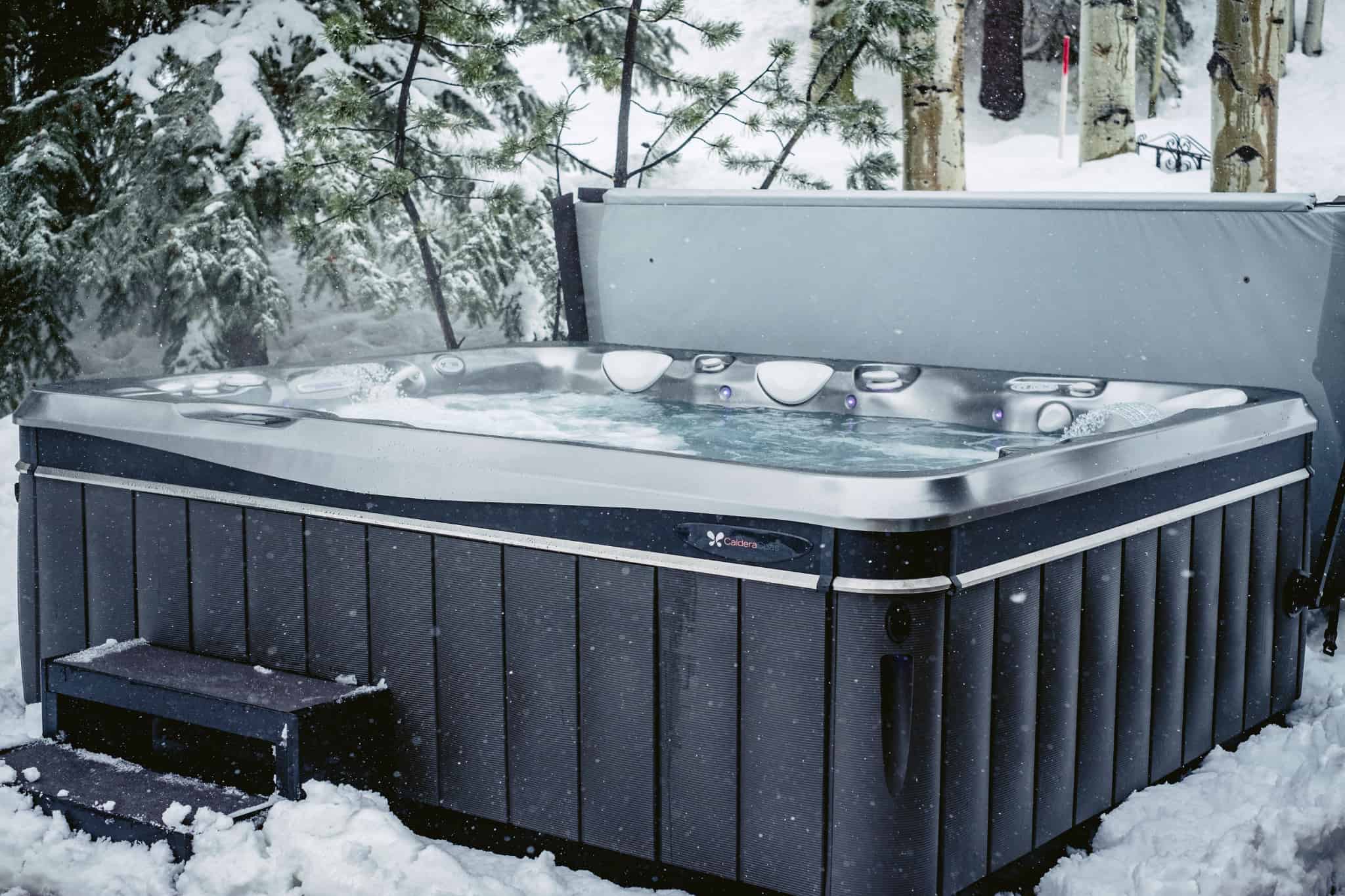
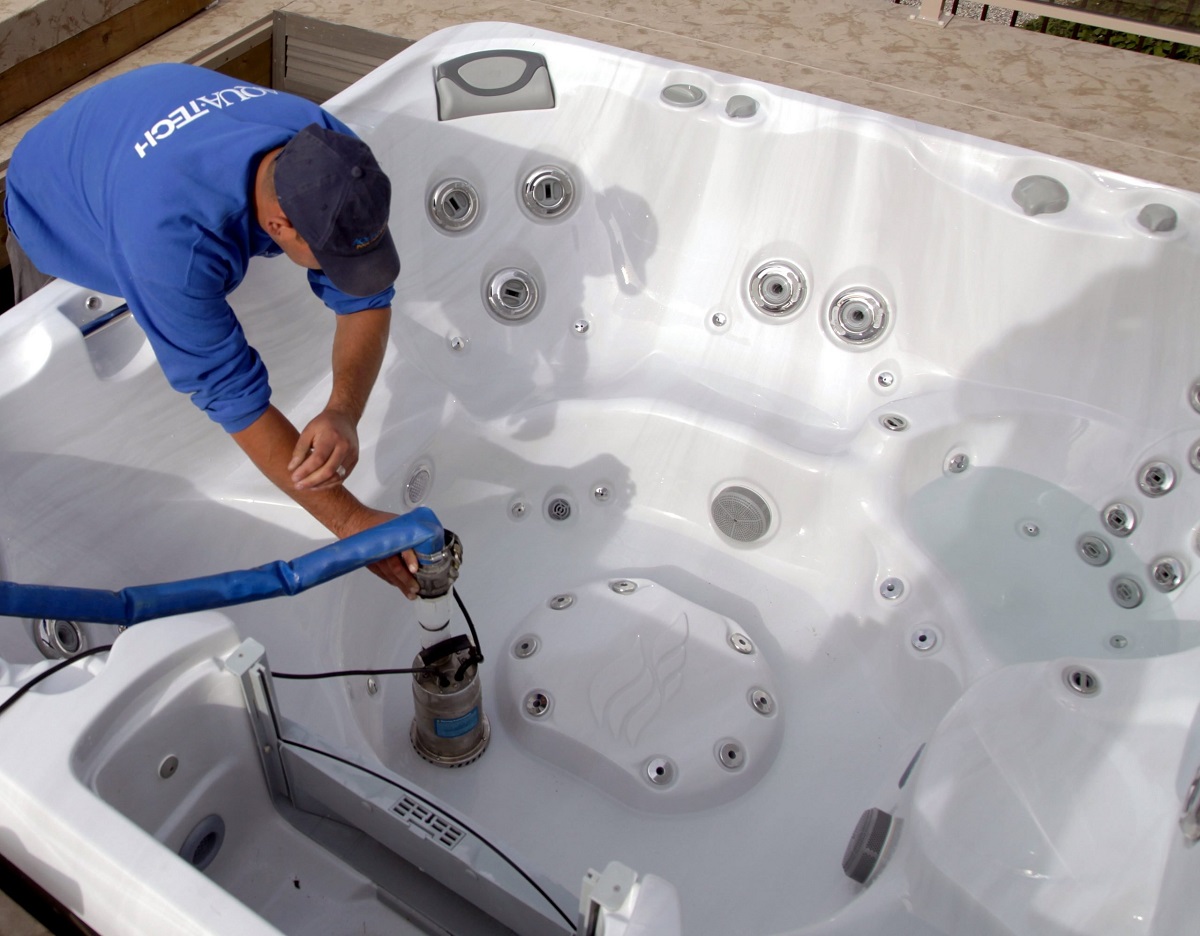

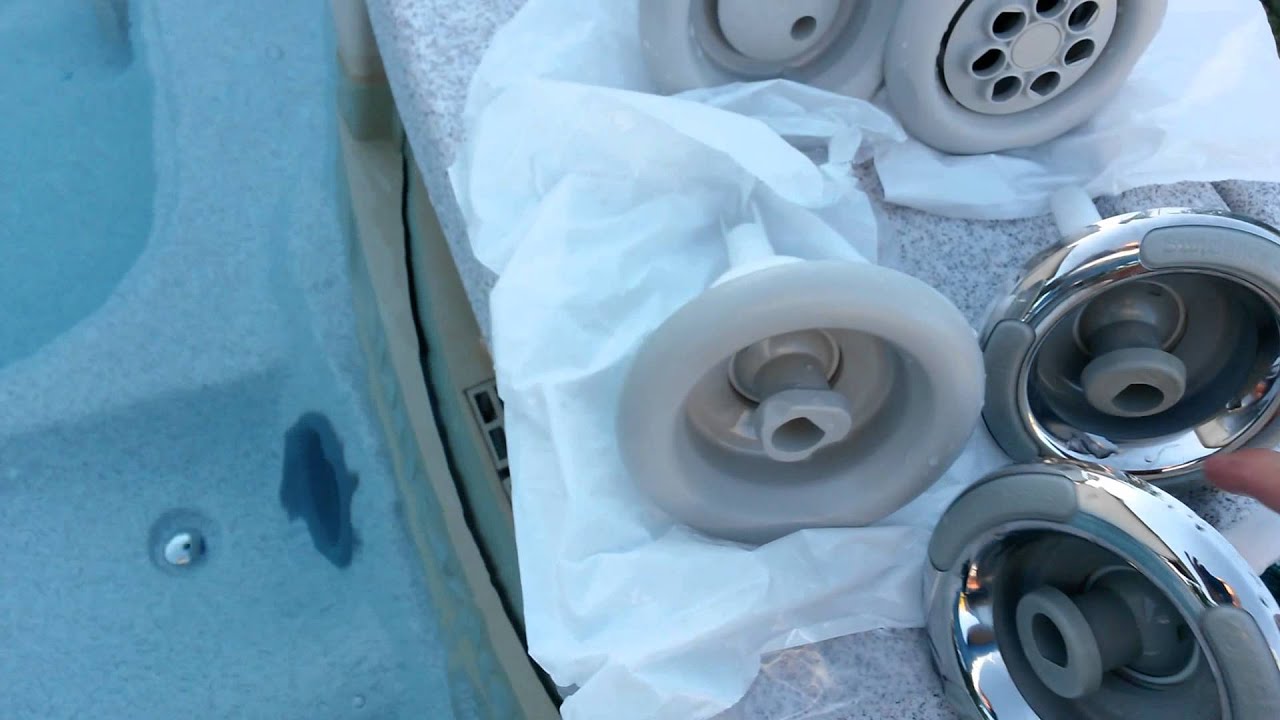
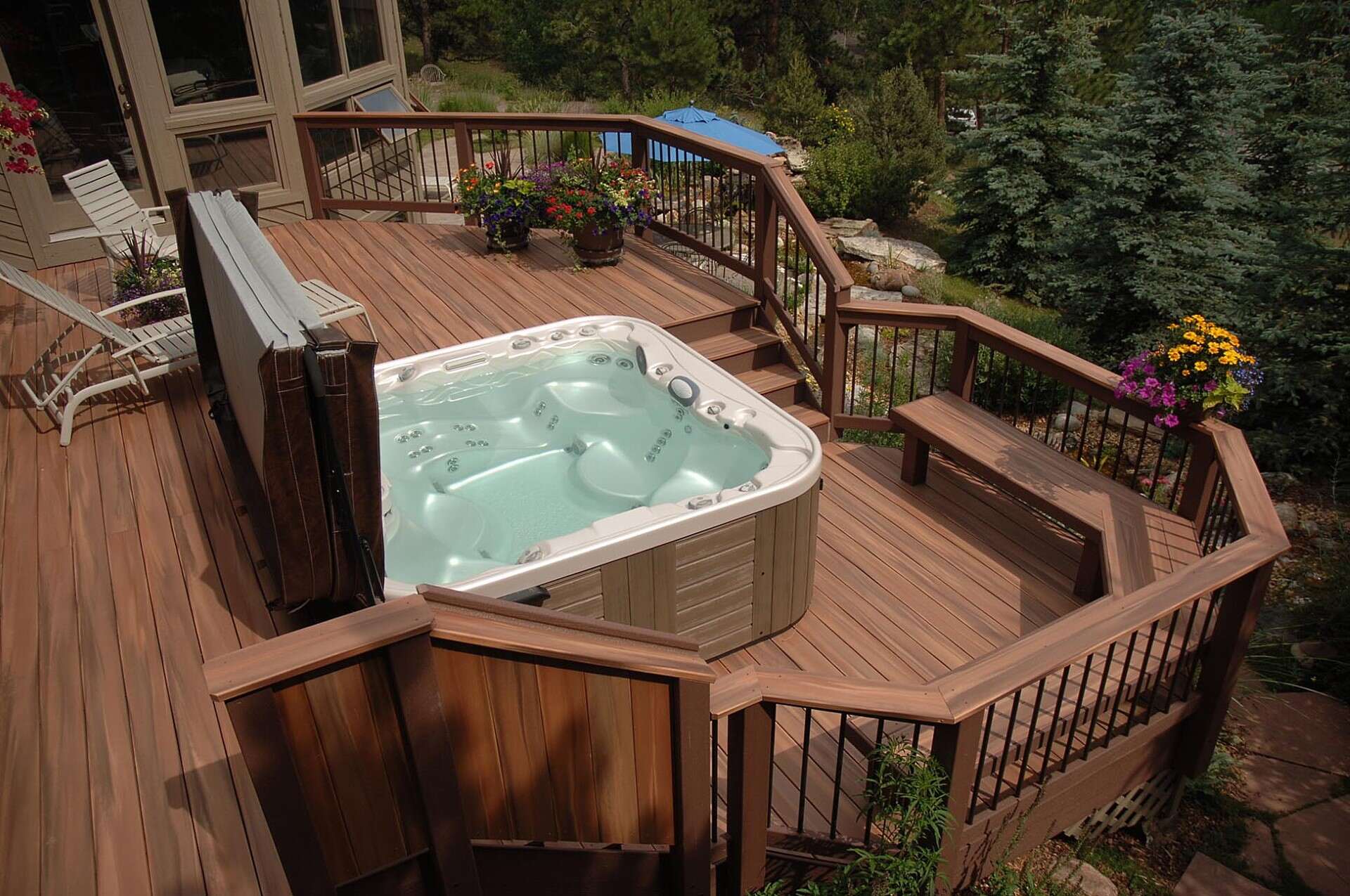

0 thoughts on “How Far Does A Disconnect Have To Be From A Hot Tub”